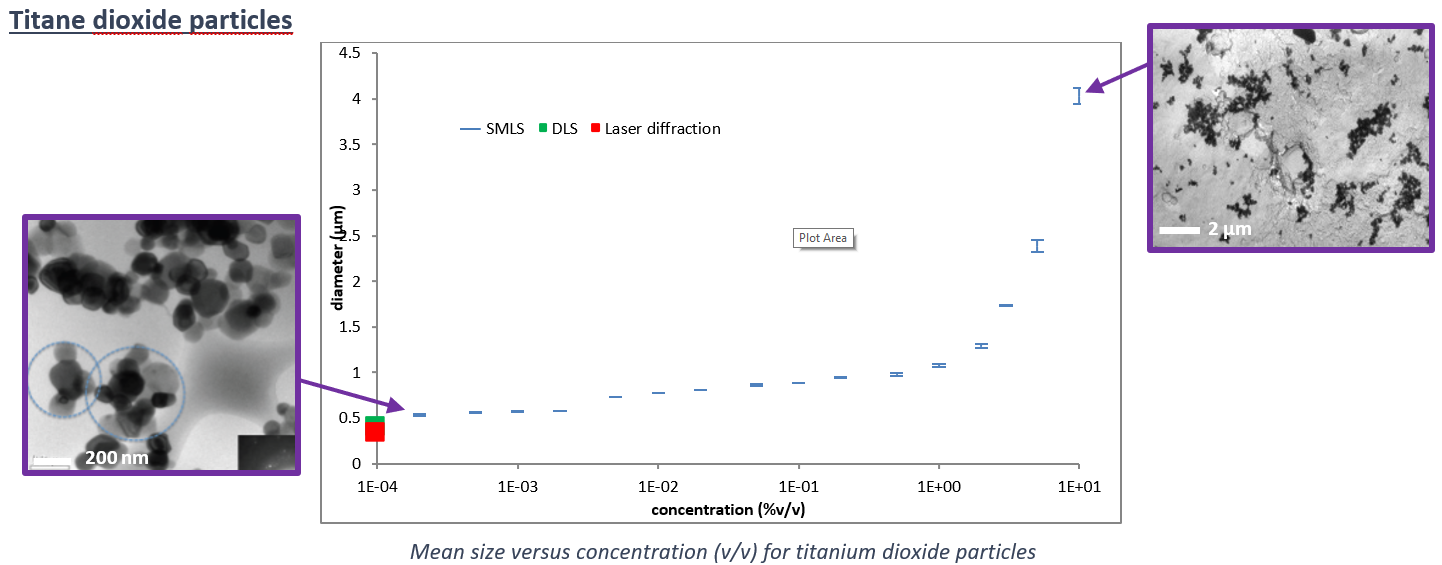Static Multiple Light Scattering for Monitoring the Stability and Particle Size of Concentrated Dispersions - poster
Gordon Irvine1, C. Tisserand2, R. Ramsch2, J. Cohen2, P. Bru1, G. Meunier2
1 Formulaction Inc, Worthington, OH, USA
2 Formulaction, Toulouse, France
Contact Email:
Characterization of colloidal systems and investigation of their stability and size evolution in their native state (i.e. without denaturation) is of prime importance for formulators to optimize the development of new products.
The Static Multiple Light Scattering (SMLS) technique utilized by the Turbiscan Lab instrument can monitor physical stability and measure mean particle size in concentrated dispersions between 0.0001 and 95 vol% for particle sizes between 10 nm and 100 µm. The Turbiscan uses an incident light source of 880 nm acquiring the backscattered and transmitted signal whose intensity is directly related to particle diameter and concentration. The signal intensity enables measurement of the mean spherical equivalent diameter when the refractive indices of continuous and dispersed phase as well as the particle concentration are known, according to the Mie theory.
This technique has the advantage to measure such properties in a single click without sample preparation or dilution the concentrated suspensions. Other optical techniques such as DLS or PTA can perform size measurement but only at a very high dilution which can denature agglomerates and give an erroneous size of the native particles. In this poster, we present a comprehensive outline of multiple studies where particle size is measured in concentrated dispersions. We also show how overall formulation stability, particle size, and particle migration kinetics can be determined from the same Turbiscan data set.


